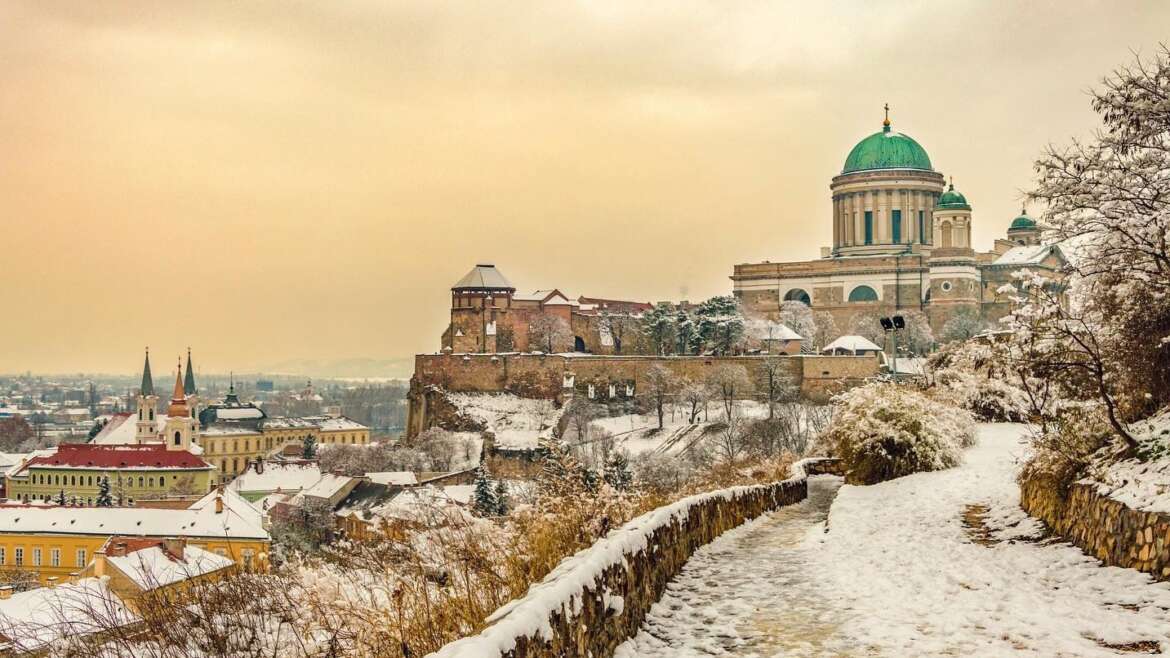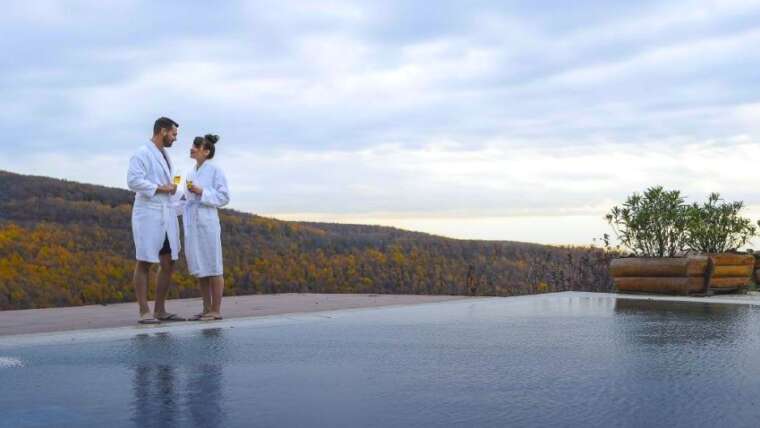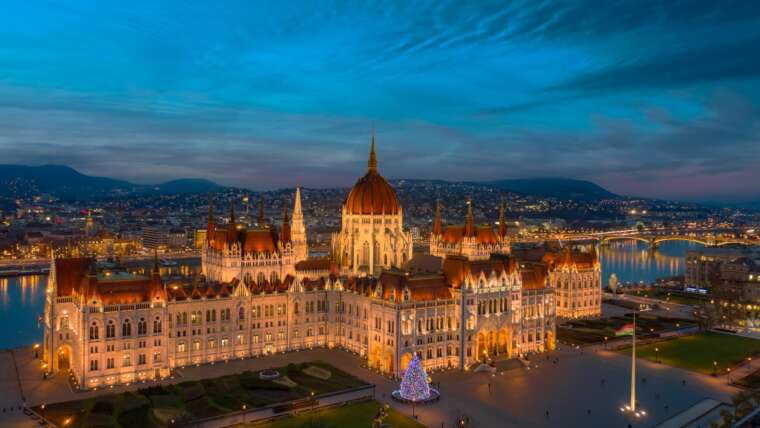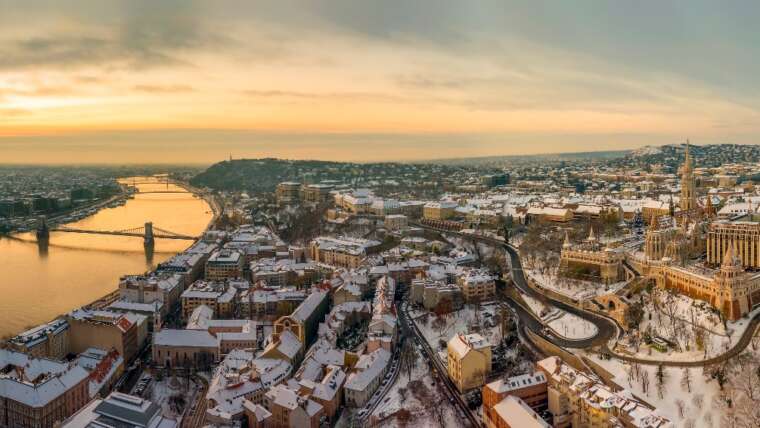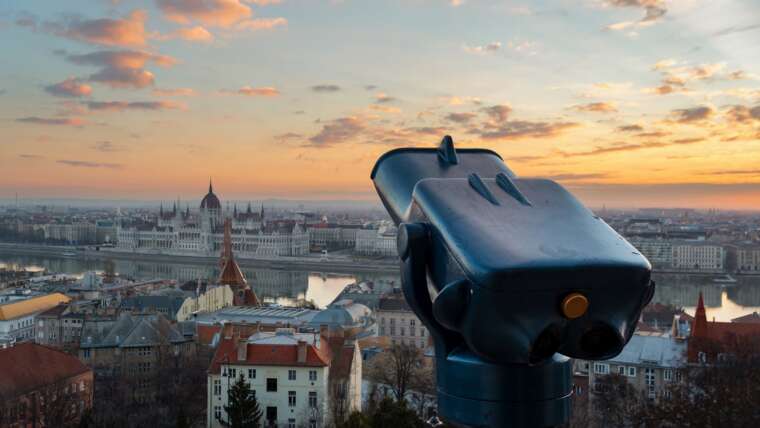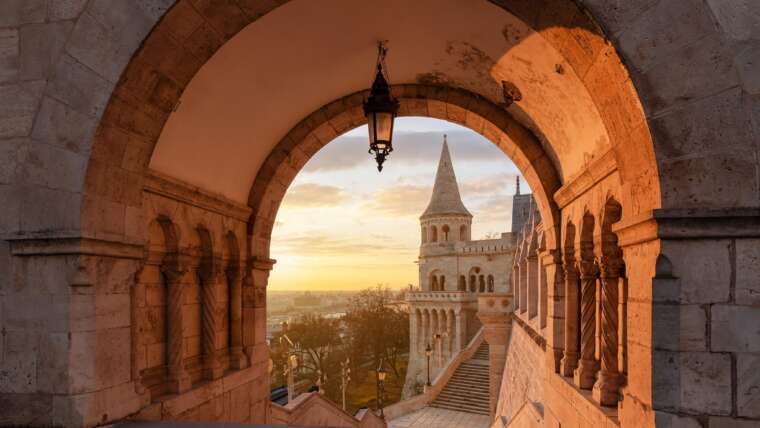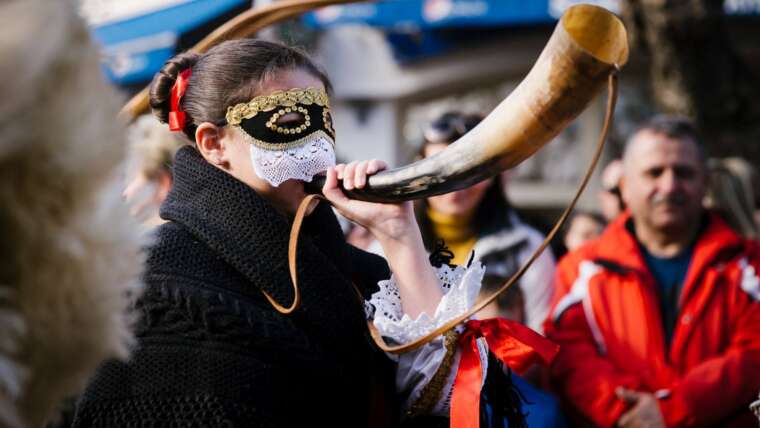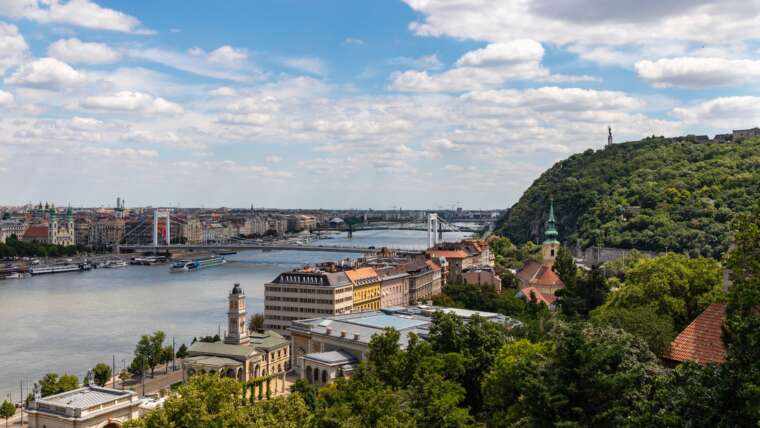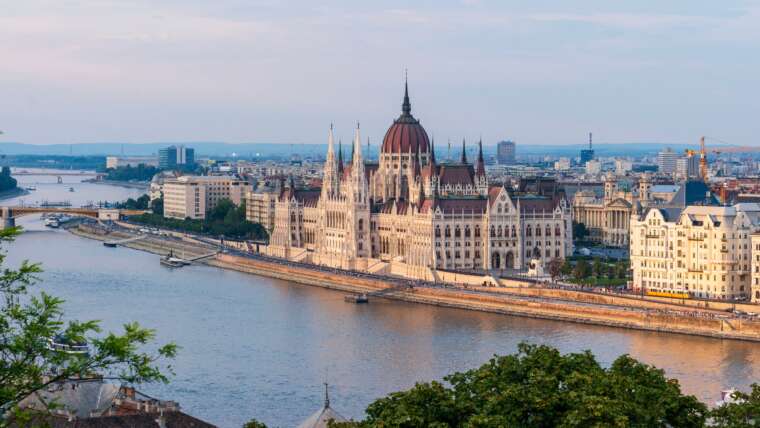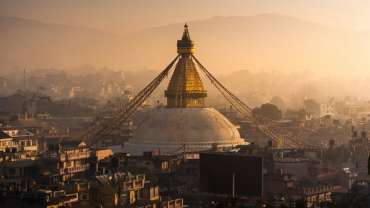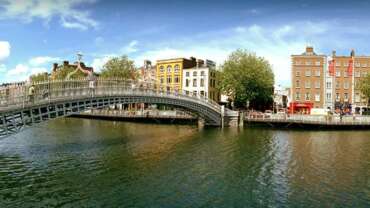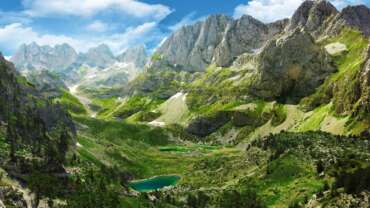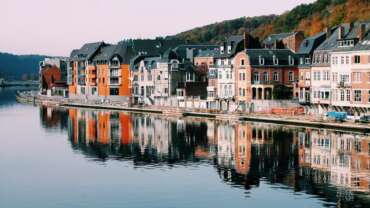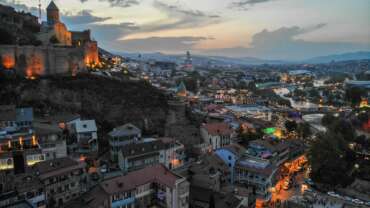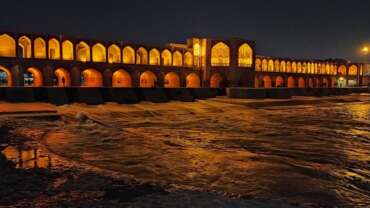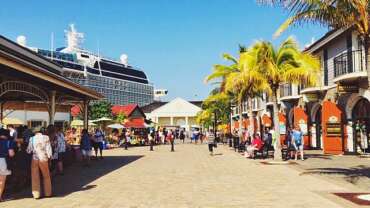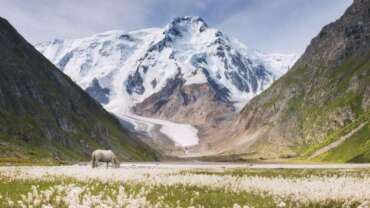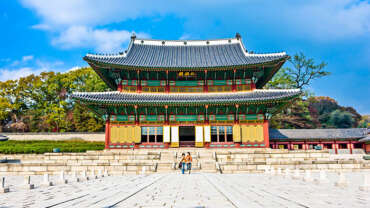WOW Hungary
Hungary is a landlocked country in Central Europe. Its capital, Budapest, is bisected by the Danube River. Its cityscape is studded with architectural landmarks from Buda’s medieval Castle Hill and grand neoclassical buildings along Pest’s Andrássy Avenue to the 19th-century Chain Bridge. Turkish and Roman influence on Hungarian culture includes the popularity of mineral spas, including at thermal Lake Hévíz.
Hungary offers a wide range of unique destinations. Low mountain ranges, lakes and rivers, plains and more are spread across the country, as are many small, quaint villages. With easy access to Europe due to its convenient location, as well as growth as an economic powerhouse in the region, visitors to Hungary will enjoy the ability to experience a vivid culture that showcases its worthiness as one of the top 15 global destinations.
History of Hungary
Origins of the Magyars
It is generally believed that Hungary came into existence when the Magyars, a Finno-Ugric people, began occupying the middle basin of the Danube River in the late 9th century. According to the “double-conquest” theory of archaeologist Gyula László, however, Hungary’s creation can be dated to 670, with the arrival of an earlier wave of conquerors, the Late Avars, whom László classified as the Early Magyars. In either case, in antiquity parts of Hungary’s territory had formed the ancient Roman provinces of Pannonia and Dacia. When Rome lost control of Pannonia at the end of the 4th century (Christian tombs from this period in what is now Pécs were designated a World Heritage site by UNESCO in 2000), it was occupied first by Germanic tribes, then by Slavs. The subsequent history of Dacia is unrecorded. The central plains had formed the bases for nomadic immigrant peoples from the steppes north of the Black Sea—Huns, Bulgars, Avars—some of whom extended their domination farther afield. The Avars, who dominated the basin in the 6th through 8th centuries, were crushed about 800 by Charlemagne. According to the double-conquest theory, many of the Late Avars/Early Magyars survived the 9th century to merge with the Magyars who were arriving in the area under the leadership of Árpád.
Charlemagne’s successors organized the western half of the area in a chain of Slavic vassal “dukedoms.” One of these, Croatia, which extended as far north as the Sava River, made itself fully independent in 869. Another, Moravia, extended as far east as the Gran, or Garam (Hron), River and openly defied its Carolingian overlord. (Later research has suggested that this 9th-century Moravia may have been located on the southern Morava River in present-day northern Serbia.) The Byzantine Empire and Bulgaria exercised loose authority over the south and east of the Carpathian Basin.
The kingdom to 1526
The Árpáds
In 892 the Carolingian emperor, Arnulf, attempting to assert his authority over the Moravian duke Svatopluk, called in the help of the Magyars, whose early homes had been on the upper waters of the Volga and Kama rivers. They were driven, at an uncertain date and by unrecorded causes, southward onto the steppes, where they adopted the life of peripatetic herders. In the 9th century they were based on the lower Don, ranging over the steppes to the west of that river. They then comprised a federation of hordes, or tribes, each under a hereditary chieftain and each composed of a varying number of clans, the members of which shared a real or imagined blood kinship. All clan members were free, but the community included slaves taken in battle or in raids. There were seven Magyar tribes, but other elements were part of the federation, including three tribes of Turkic Khazars (the Kavars). Either because of this fact or perhaps because of a memory of earlier conditions, this federation was known to its neighbours as the On-Ogur (literally “Ten Arrows” or “Ten Tribes”). From the Slavic pronunciation of this term, the name Hungarian is derived, with the initial H added because they were thought by some scholars to be descendants of the Huns.
In 889, attacks by a newly arrived Turkic people called the Pechenegs had driven the Magyars and their confederates to the western extremities of the steppes, where they were living when Arnulf’s invitation arrived. The band sent to Arnulf reported back that the plains across the Carpathian Mountains would form a suitable new homeland that could be easily conquered and defended from the rear. Having elected as their chief Árpád, the leader of their most powerful tribe, the Magyars crossed the Carpathians en masse, probably in the spring of 895, and easily subjugated the peoples of the sparsely inhabited central plain. Prior to the conquest, the Magyars lived under a dual kingship that included a sacred ruler with minimal powers called the kende and a de facto leader called the gyula. At the time of the conquest, Árpád occupied the latter position, and, following the death of the last kende in 904, he united the two positions into the office of a duke or prince.
The Magyars destroyed the Moravian state in 906 and in the next year occupied Pannonia, having defeated a German force sent against them. They were then firmly established in the whole centre of the basin, over which their tribes and their associates distributed themselves. Árpád took the central area west of the Danube for his own tribe, on his way to establishing a dynasty. The periphery was guarded by outposts, which were gradually pushed forward, chiefly to the north and the east.
The Christian kingdom
During the next half century, the Magyars were chiefly known in Europe for the forays they made across the continent, either as mercenaries in the service of warring princes or in search of booty for themselves—treasure or slaves for domestic use or sale. Terrifying to others, their mode of life was not always profitable. Indeed, their raiding forces suffered a number of severe reverses, culminating in a disastrous defeat at the hands of the German king Otto I in 955 at the Battle of Lechfeld, outside Augsburg (in present-day Germany). By that time the wild blood of the first invaders was thinning out, and new influences, in particular Christianity, had begun to circulate. Both the Eastern and Western churches strove to draw the peoples of east-central Europe into their orbits. The Magyars had established pacific, almost friendly relations with Bavaria. The decisive step was taken by Árpád’s great-grandson Géza, who succeeded to the hereditary office of fejedelem (duke) sometime before 972 and reestablished its authority over the tribal chiefs. In 973 he sent an embassy to the Holy Roman emperor Otto II at Quedlinburg (Germany), and in 974 he and his family were received into the Western church. In 995 his son, Stephen (István), married Gisella, a Bavarian princess.
Stephen I (reigned 997–1038) carried on his father’s work. With the help of heavily armed Bavarian knights, he crushed his rivals for the ducal office. Applying to Pope Sylvester II, Stephen received the insignia of royalty (including the still existent “Holy Crown of Hungary”) from the papacy and, according to tradition, was crowned king on Christmas Day, 1000. The event was of immeasurable importance, for not only did Hungary enter the spiritual community of the Western world but it did so without having to recognize the political suzerainty of the Holy Roman Empire. This was possible because Sylvester, who extended papal protection to Hungary, held great sway with the emperor, Otto III, who had once been his pupil. Stephen then effected the conversion of his people to Christianity, establishing a network of 10 archiepiscopal and episcopal sees, which he reinforced with lavishly endowed monastic foundations.
Stephen crushed the surviving disputants of his authority—notably the Kavars—and, furthering his father’s work, organized his state on a system that was to remain for many centuries the basis of Hungary’s political and social structure. The tribes, as units, disappeared, but the fundamental social stratification was not altered. The descendants in the male line of the old conquerors and elements later equated with them remained a privileged class, answerable in judgment only to the king or his representative and entitled to appear in general assemblage. Their lands—which at this time, since the economy was mainly pastoral, were held by clans or subclans in semicommunal ownership—were inalienable, except for proved delinquency, and free of any obligation. The only duty required by the state of members of this class was that of military service on call. They were allowed to retain their slaves, although Stephen freed his own. All land not held by this class—then more than half the whole—belonged to the crown, which could indeed donate it at will. The nonservile inhabitants of these lands—e.g., descendants of the pre-Magyar population (among them the Late Avars/Early Magyars), manumitted slaves, and invited colonists—were subjects of the crown or of the local landholder.
The whole of this land was divided into counties (megyék), each under a royal official called an ispán (comes)—later főispán (supremus comes). This official represented the king’s authority, administered its unfree population, and collected the taxes that formed the national revenue. Each ispán maintained at his fortified headquarters (castrum or vár) an armed force of freemen. In Stephen’s day there were between 40 and 50 such counties.
The early kings
Once Stephen (canonized as St. Stephen in 1083) established his rule, his authority was rarely questioned. He fought few foreign wars and made his long reign a period of peaceful consolidation. But his death in 1038 was followed by many years of discord. His only son, Emeric (Imre), had predeceased him, and the nation rebelled against his designated successor, Peter (the son of Stephen’s sister and the doge of Venice), who was expelled in 1041. Peter returned in 1044 with the help of Emperor Henry III. Samuel Aba, the “national” king, who had taken Peter’s place, was murdered; however, Peter himself was killed in a pagan rebellion in 1046. He was followed on the throne by Andrew (Endre) I, of a collateral branch of the house of Árpád, who was killed in 1060 while fleeing from a battle lost to his brother, Béla I. After Béla’s death there was a further conflict between his sons, Géza and Ladislas (László), and Andrew’s son, Salamon.
Peace returned only when, after the short rule of Géza I (1074–77), the throne passed to Ladislas I, who occupied it until 1095. Even then the curse of dynastic jealousy proved to have been exorcised only temporarily. Ladislas’s successor, Coloman (Kálmán; 1095–1116), who was the elder son of Géza I, had his own brother, Álmos, and Álmos’s infant son, Béla, blinded to secure the throne for his own son Stephen II (1116–31). Béla II (1131–41), the blinded boy, whom his father’s friends had brought up in secrecy, and Béla’s eldest son, Géza II (1141–62), ruled thereafter unchallenged, but the succession of Géza’s son, Stephen III (1162–72), was disputed by two of his uncles, Ladislas II (1162–63) and Stephen IV (1163–65). Happily, the death of Stephen IV exhausted the supply of uncles, and Stephen III’s brother, Béla III (1173–96), had no domestic rivals to the throne. However, the short reign of Béla’s elder son, Emeric (1196–1204), was spent largely in disputes with his younger brother, Andrew II, who on Emeric’s death expelled his infant son, Ladislas III (who died the next year), before beginning his own long reign (1205–35).
Consolidation and expansion
These royal disputes caused Hungary much harm. Claimants to the throne often invoked foreign help, for which they paid in political degradation or loss of territory: both Peter and Salamon did homage to the Holy Roman emperor for their thrones; and Aba’s war against Peter’s protectors cost Hungary its previous territories west of the Leitha River, while the wars of the 12th century cost it areas in the south. The uncertainty delayed political consolidation, and even Christianity did not take root easily; there was a widespread pagan revolt in 1046 and another in 1061.
Yet the political unity of the country and the new faith somehow survived the earlier troubles, and both were firmly established by Ladislas I (1077–95; canonized in 1192 as St. Ladislas), one of Hungary’s greatest kings, and by Coloman, who, despite his nefarious power grab, was a competent and enlightened ruler.
Meanwhile, outside factors benefited Hungary. After Austria had grown big at the expense of the imperial authority, most of Hungary’s neighbours were states of approximately the same size and strength as itself, and the Hungarians lived with them on terms of mutual tolerance and even friendship. The steppes were quiet: the Cuman (Hungarian: Kun) people, after destroying the Pechenegs there, did not try to go farther, and, after two big raids had been successfully repelled by Ladislas I, they left Hungary in peace. This allowed Hungary to extend its effective frontiers to the Carpathian crest in the north and over Transylvania. Magyar advance guards pushed up the valleys of both areas and were reinforced in the Szepes area and in central Transylvania by imported colonies of Germans (usually called Saxons). In the meantime, colonies of Szeklers (Székely, Szekelyek), a people akin to the Magyars who had preceded them into the central plains, were settled behind Transylvania’s eastern passes. The county system was extended to both areas, although with modifications in Transylvania, where the Saxons and Szeklers constituted free communities and the whole was placed under a governor called a vajda (voievod or vaivode). In the south Ladislas I occupied (or reoccupied after an interval) the area between the Sava and Dráva rivers; Coloman assumed the crown of Croatia, which then included Bosnia and northern Dalmatia, although this remained a separate “Land of the Hungarian Crown,” over which a governor known as a ban acted as deputy for the king.
In the interior too, natural growth and continued immigration swelled the population, which by 1200 had risen to the then large figure of some two million. The rulers of this big, populous state were now important men. After Ladislas’s day, German claims to suzerainty over Hungary ceased. In the 12th century the country intervened in its neighbours’ affairs as often as they did in Hungary’s. Before becoming Hungary’s king, Béla III was an heir to the throne of Byzantine Emperor Manuel I Comnenus. He married a French princess, Margaret Capet, and generated revenues roughly equal to the income of the king of France. He owned half the land of the kingdom outright and held monopolies of coinage, customs, and mining. While the income of the early kings had been mostly in kind, half of Béla’s income was cash, coming from royal monopolies and taxes paid by foreign settlers.
People of Hungary
Ethnic groups and languages
From its inception in the 10th century, Hungary was a multiethnic country. Major territorial changes made it ethnically homogeneous after World War I, however, and more than four-fifths of the population is now ethnically Hungarian and speaks Hungarian (Magyar) as the mother tongue. The Hungarian language is classified as a member of the Ugric branch of the Uralic languages; as such, it is most closely related to the Ob-Ugric languages, Khanty and Mansi, which are spoken east of the Ural Mountains. It is also related, though more distantly, to Finnish and Estonian, each of which is (like Hungarian) a national language; to the Sami language of far northern Scandinavia; and, more distantly still, to the Samoyedic languages of Siberia. Ethnic Hungarians are a mix of the Finno-Ugric Magyars and various assimilated Turkic, Slavic, and Germanic peoples. A small percentage of the population is made up of ethnic minority groups. The largest of these is the Roma (Gypsies). Other ethnic minorities include Germans, Slovaks, Croats, Romanians, Serbs, Poles, Slovenians, Rusyns, Greeks, and Armenians.
Religion
Hungary claims no official religion and guarantees religious freedom. More than one-third of the people are Roman Catholic, most of them living in the western and northern parts of the country. About one-tenth of the population are Calvinist (principally members of the Reformed Church in Hungary, concentrated in eastern Hungary). Lutherans constitute the next most significant minority faith, and relatively smaller groups belong to various other Christian denominations (Greek or Byzantine Catholics, Eastern Orthodox, and Unitarians). The Jewish community, which constituted 5 percent of the population before World War II, was decimated by the Holocaust and is now much smaller.
During the communist era, from 1949, Hungary was officially an atheistic state. The Roman Catholic Church struggled with the communist government after it enacted laws diminishing church property and schools. As a result of resistance to these changes, the church was granted broader rights via a 1964 agreement with the Vatican, and in 1972 the Hungarian constitution proclaimed the free exercise of worship and the separation of church and state. Since the fall of communism in 1990, more than 200 religious groups have been officially registered in the country. Nominal membership in a religious denomination, however, does not necessarily mean active participation or even active spiritual belief.
Cultural Life of Hungary
Cultural milieu
The cultural milieu of Hungary is a result of the diverse mix of genuine Hungarian peasant culture and the cosmopolitan culture of an influential German and Jewish urban population. Both the coffeehouse (as meeting place for intellectuals) and the music of the Roma (Gypsies) also have had an impact. Cultural life traditionally has been highly political since national culture became the sine qua non of belated nation building from the early 19th century. Theatre, opera, and literature in particular played crucial roles in developing national consciousness. Poets and writers, especially in crisis situations, became national heroes and prophets. Governments also attempted to influence cultural life through subsidy and regulation. During the state socialist era, culture was strictly controlled; party interference was influenced by ideological principles, and mass culture was promoted.
Through much of the 20th century, Hungarian cultural life was characterized by a dichotomy between rural and urban culture and subsequently between “populist” and “urbanist” culture—even though both of the latter were represented by urban-based intellectuals. These intellectuals were divided by their social origins (village versus city) and also by their disagreements about the type of culture that can best serve as the fountainhead of modern Hungarian culture. The populists were suspicious of the urbanists, many of whom were of non-Hungarian origins (mostly German and Jewish), and regarded the village as the depository of true Hungarian culture. The urbanists, on the other hand, viewed the populists as “country bumpkins” with little appreciation of real culture and looked to western European cultural centres as sources for their own version of modern Hungarian culture.
Daily life and social customs
Genuine traditional Hungarian culture survived for a long period in an untouched countryside characterized by rootedness. Peasant dress, food, and entertainment, including folk songs and folk dances—the rituals of weddings and Easter and Christmas holidays—continued until the mid-20th century. The drastic (and in the countryside brutal) modernization of the second half of the 20th century nearly destroyed these customs. They were preserved, however, as folk art and tourist entertainment.
Everyday life changed dramatically, as did the family structure. Families became smaller, and ties with extended families diminished. The culture also became less traditional. Clothing styles began to follow the international pattern, and traditional peasant dress was replaced by blue jeans. Folk songs are still occasionally heard, but in daily life they have been replaced by rock and pop music. Urban culture, especially in the capital city, is highly cosmopolitan and encompasses the tradition of coffeehouse culture. Watching television is a popular pastime.
Hungary’s most traditional cultural element is its cuisine. Hungarian food is very rich, and red meat is frequently used as an ingredient. Goulash (gulyás), bean soup with smoked meat, and beef stew are national dishes. The most distinctive element of Hungarian cuisine is paprika, a spice made from the pods of chili peppers (Capsicum annuum). Paprika is not native to Hungary—having been imported either from Spain, India by way of the Turks, or the Americas—but it is a fixture on most dining tables in Hungary and an important export. Among Hungary’s spicy dishes are halászlé, a fish soup, and lecsó, made with hot paprika, tomato, and sausage. Homemade spirits, including various fruit brandies (pálinka), are popular. Before World War II, Hungary was a wine-drinking country, but beer has become increasingly prevalent. Although Hungarians were not quick to accept foreign cuisines, they appeared in Budapest in the 1990s, a sign both of the growing influence of the outside world and of the presence of increasing numbers of foreigners who have settled in Hungary.
In addition to their observance of the two main religious holidays—Christmas, celebrated as a traditional family festivity, and Easter, characterized by village merrymaking—Hungarians celebrate several national holidays, including March 15 (Revolution of 1848) and August 20 (St. Stephen’s Day). After the communist takeover, these traditional national holidays were replaced by April 4 (Liberation Day), May 1 (May Day), and the transformed August 20 (Constitution Day). After 1990 these communist-inspired holidays were replaced in turn by the original national holidays, augmented by October 23, which commemorates the Revolution of 1956. All of these holidays are occasions both for solemn remembrance and for popular festivities, including folk dancing, choral singing, and the display of traditional folk arts. The Hungarian national anthem is based on the 1823 poem “Hymnusz” (“Anthem”) by Ferenc Kölcsey; it was set to music by Ferenc Erkel and officially adopted in 1844.
The arts
Traditional folk arts either have disappeared or have become mostly commercialized, and political attempts in the 1930s, ’50s, and ’70s to preserve them basically failed. National high culture emerged at the turn of the 19th century, with literature taking a central role.
Hungary - The Land of thermal waters
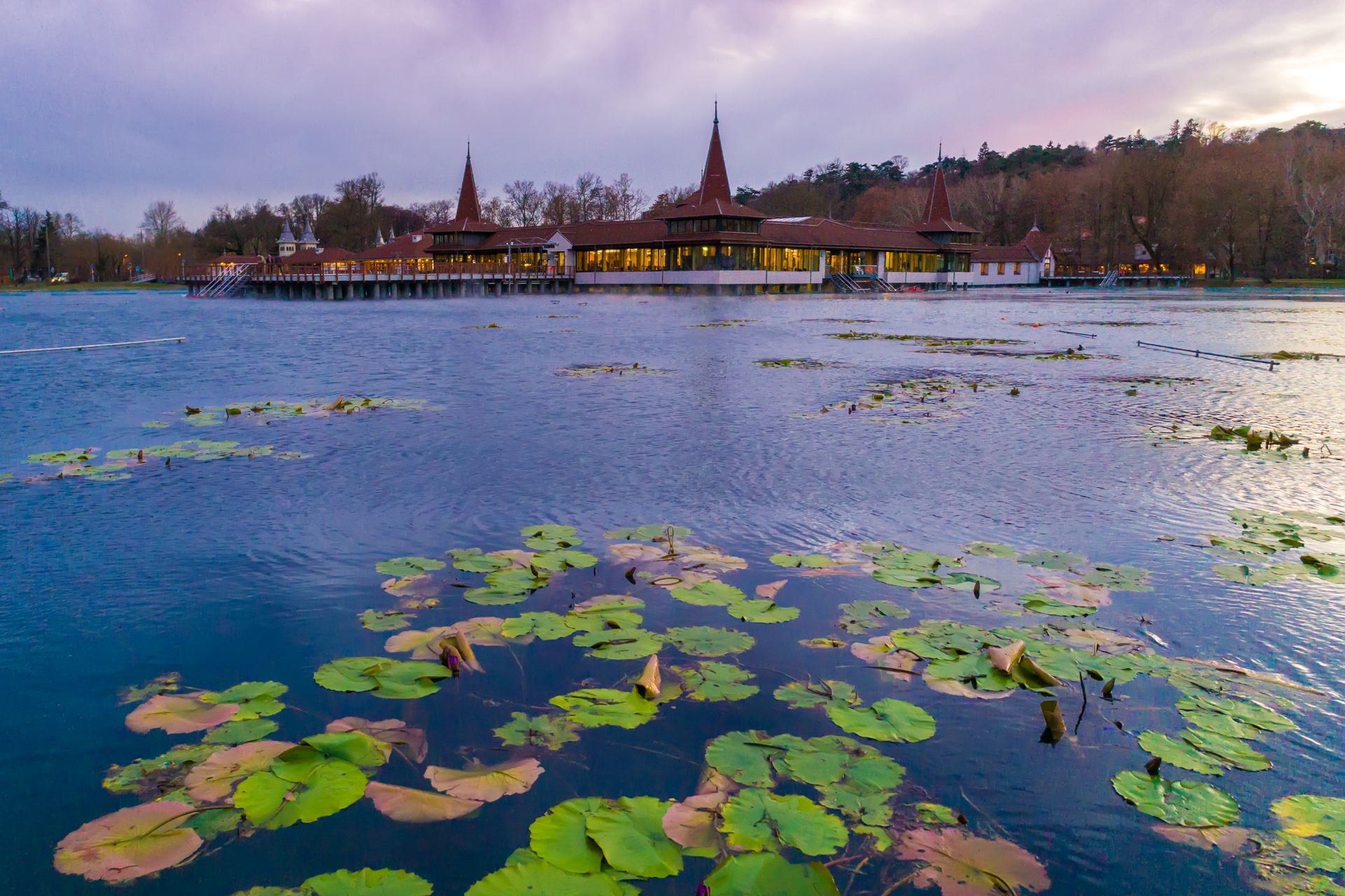
The history of spa culture in Hungary dates back 2,000 years with the Romans. The Turks enriched it in the late 1500s and 1600s with an expert infrastructure, some of it still functioning today. Around it, beautiful baths were mainly created in the 19th century and renovated in recent years, safeguarding their tradition.
For visitors, experiencing a historic spa shouldn’t be missed. Not only do they offer a place for recreation, relaxation and rejuvenation, but most are located in magnificent buildings that are more than a hundred years old.
Some are architectural wonders in their own right, several following the original Ottoman layout of an octagonal pool beneath a classic cupola, through which rays of natural light play on the water within. In Budapest, where spa tourism has been a significant attraction since the 1800s, design styles such as Art Nouveau produced lavish landmarks.
Most major spas have an outdoor element, allowing them to double up as lidos in summer, imbuing the complex with a holiday atmosphere.



